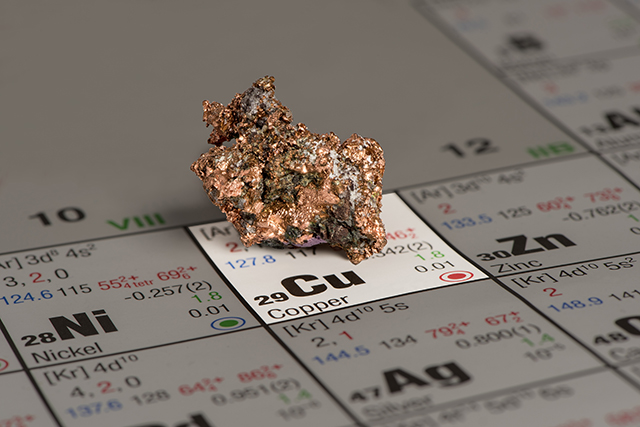
Feeling a “snap” in the head
In 2018, 36-year-old Lindsay Bowerman, a healthy mother, felt a “snap” in her head, followed by intense pressure and pain that, according to her, was the worst she had ever experienced. Bowerman was immediately rushed to the hospital, where neurosurgeon Dr. Gavin Britz was able to treat her – but even then, she only had a 30 percent chance of survival.
Britz, who also serves as the director of the Houston Methodist Neurological Institute, said that doctors aren't certain why women are more likely than men to have a brain aneurysm. One study published in the journal Neurology suggests that it may have to do with the low estrogen levels in women after menopause.
Regardless of the cause, Britz believes that because of their high risk, women should know the risk factors involved and take all necessary steps to reduce them.
Besides extreme pain and intense pressure, other symptoms of a ruptured brain aneurysm include:
- A change in awareness and mental state
- Loss of consciousness
- Nausea or vomiting
- Sensitivity to light
- Trouble speaking
- A drooping eyelid
- Dizziness and trouble walking
- Neck stiffness
- Seizure
- Blurry or double vision
- A sudden, severe headache (Related: Know the difference between a headache and a brain aneurysm... it could save your life.)
According to Britz, some of the common risk factors of a brain aneurysm include high blood pressure, smoking, heavy alcohol consumption and having an immediate family member with a history of brain aneurysm. Other risk factors include congenital problems that affect the walls of the arteries, previous head injuries, the congenital narrowing of the aorta and brain arteriovenous malformation, or the development of a tangle of abnormal blood vessels connecting arteries and veins. Brain aneurysms also commonly occur in people between the ages of 35 and 60.
Britz further states that even if a woman has none of the risk factors listed above, “she's still at risk for a brain aneurysm due to her gender.” Bowerman, his former patient, is a prime example of this as she was in great health and had none of the known risk factors.
Treatment and management of brain aneurysms
If you have one or more risk factors for a brain aneurysm and would like a proper diagnosis, you can undergo certain tests that can reliably locate aneurysms. However, treatment will vary depending on the location, size and severity of the aneurysm. If it is accessible, you can undergo surgery to repair or cut off blood flow to the aneurysm. This will prevent it from growing or rupturing sometime in the future.
However, if the aneurysm is inaccessible, you'll have to live with it. Fortunately, lifestyle changes can help you manage a brain aneurysm. Some of these changes include quitting smoking, managing high cholesterol and high blood pressure, exercising regularly and switching to a healthier diet that consists of fruits, vegetables, whole grains and lean meat. Being aware and alert about warning signs, especially if you have a risk factor or have been diagnosed with a brain aneurysm, can go a long way in ensuring the best possible outcome for you.
Sources include:
Please contact us for more information.























